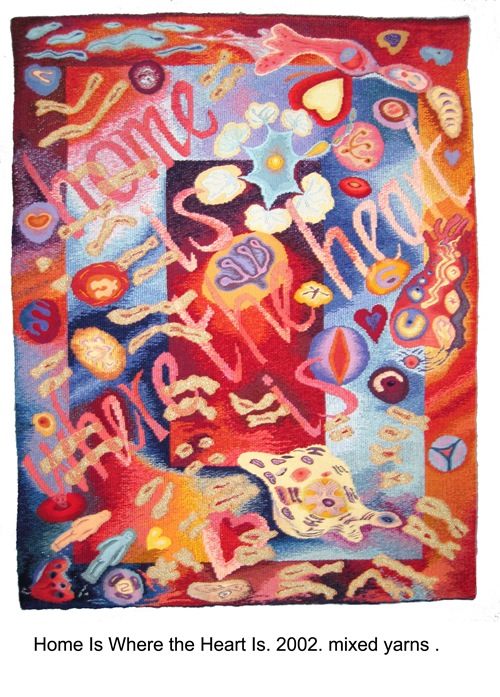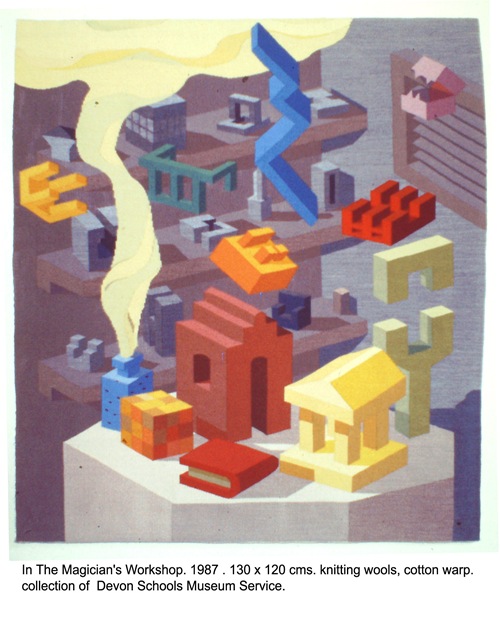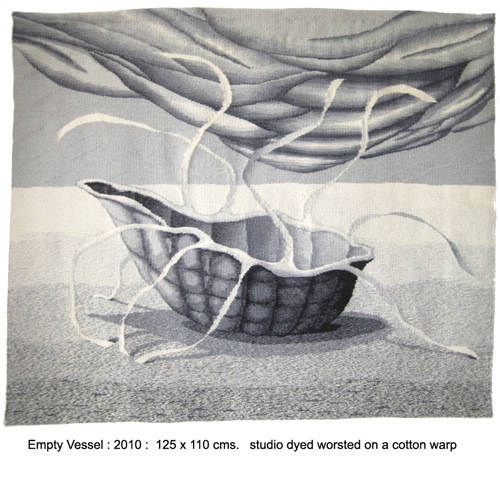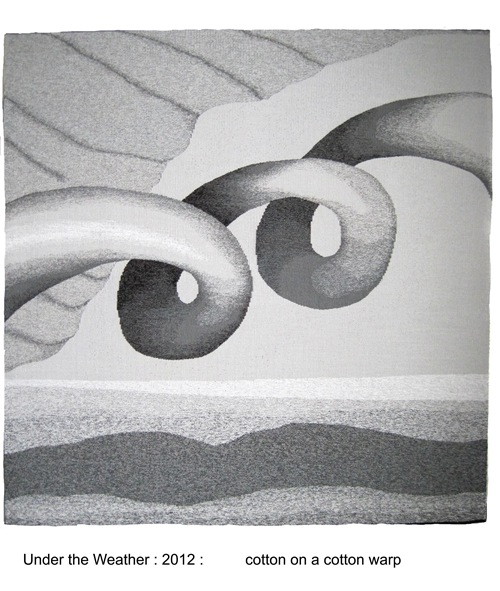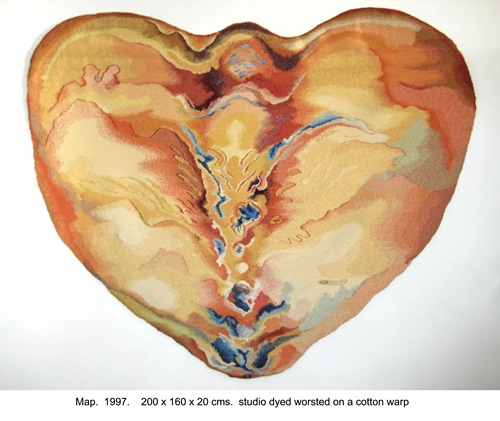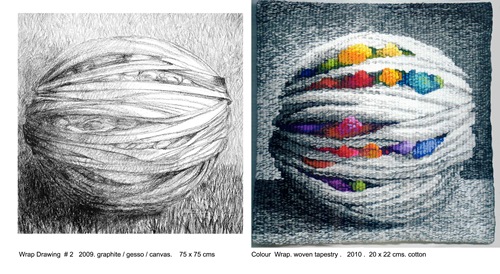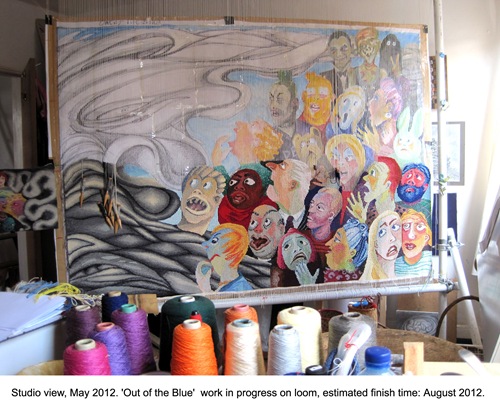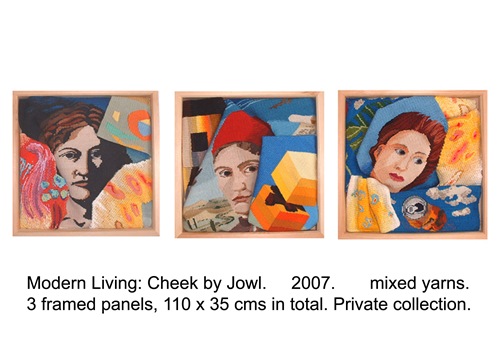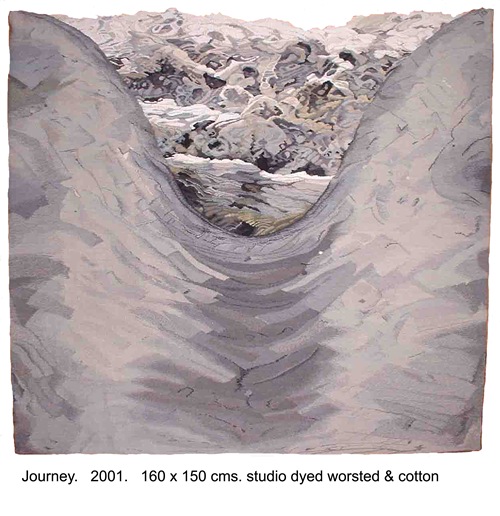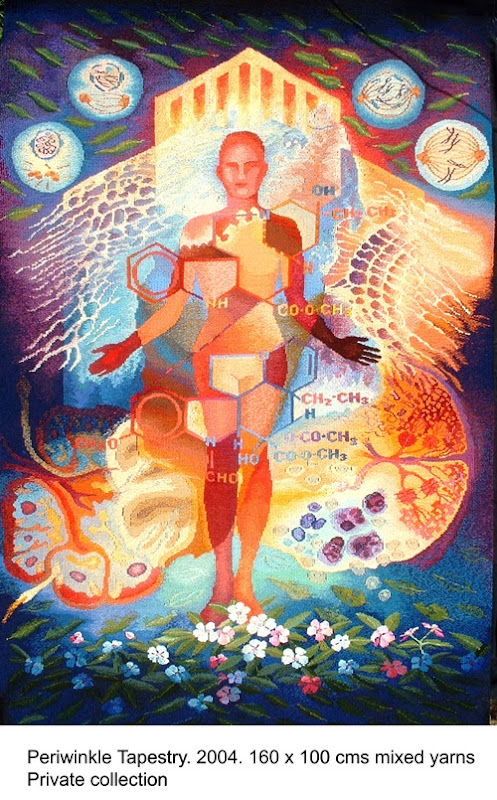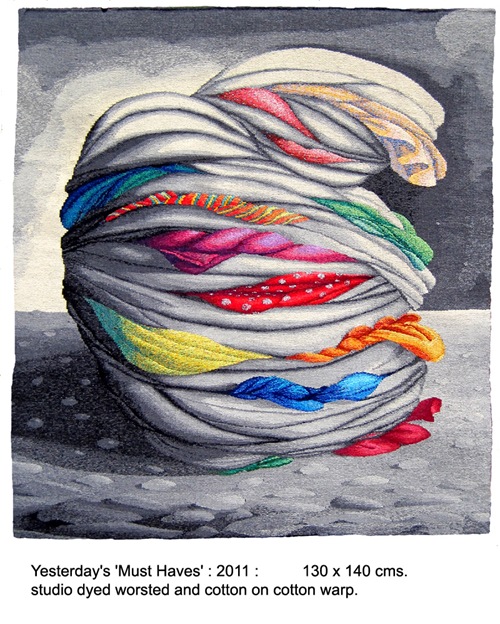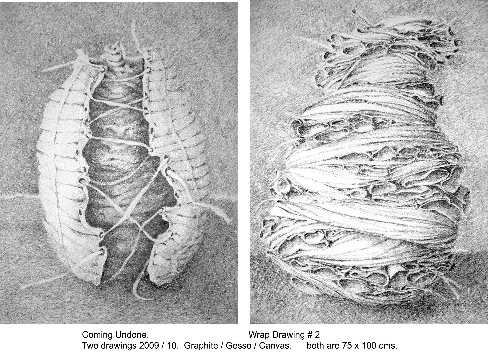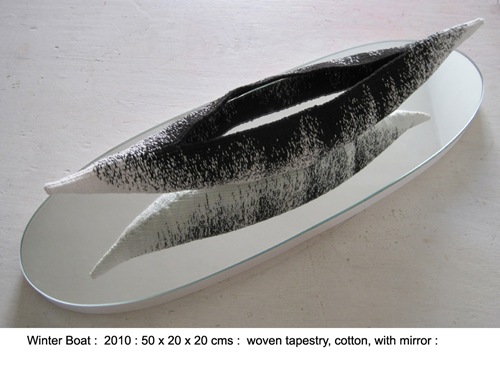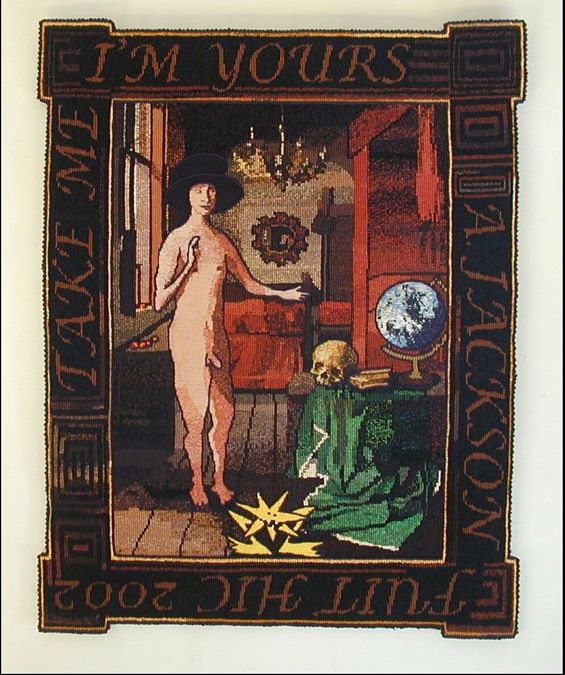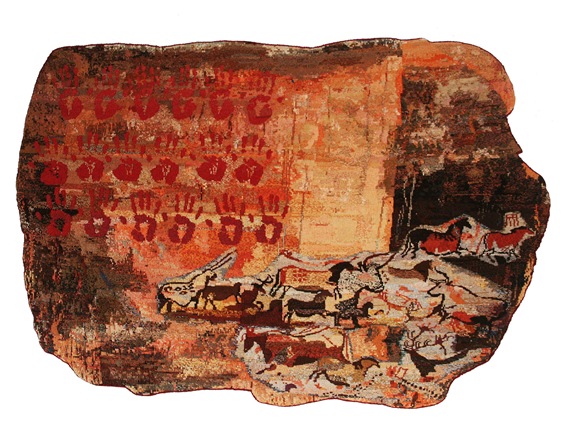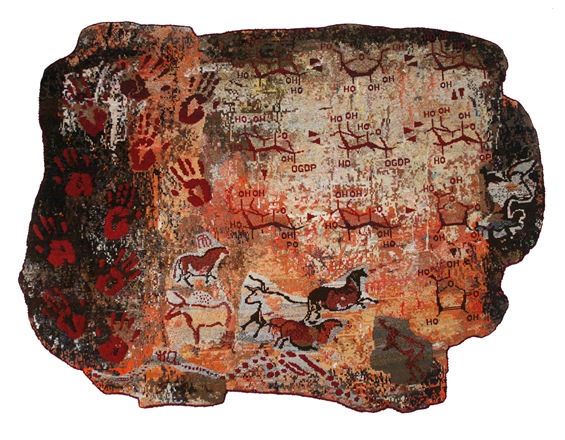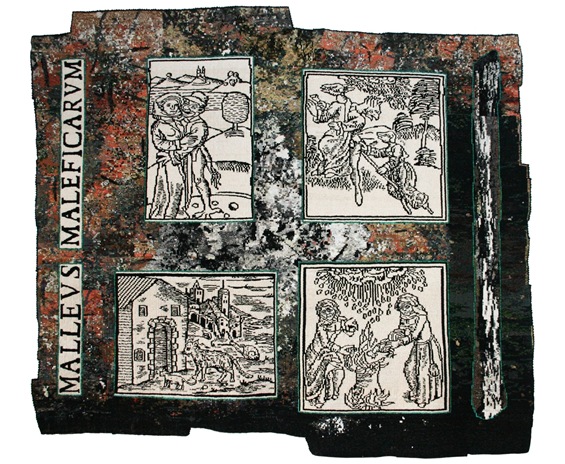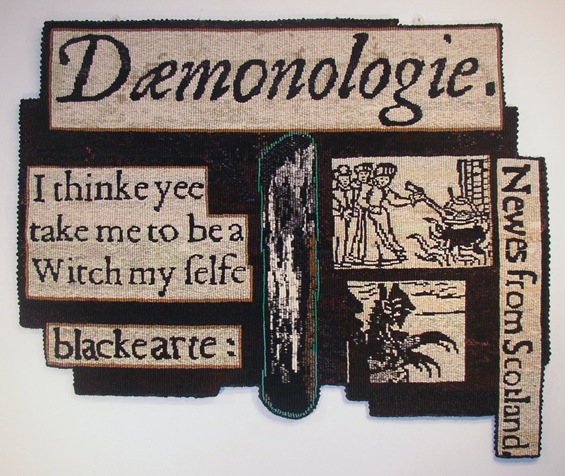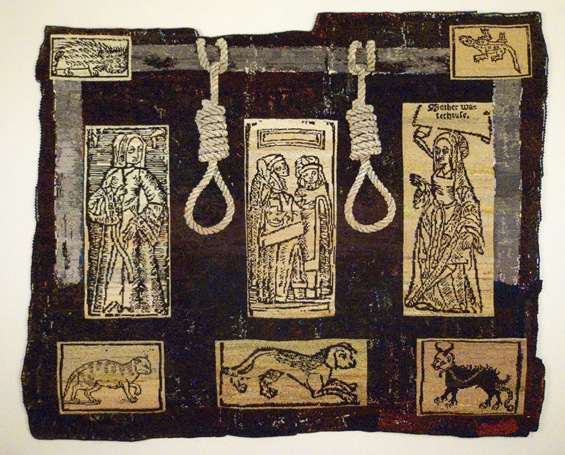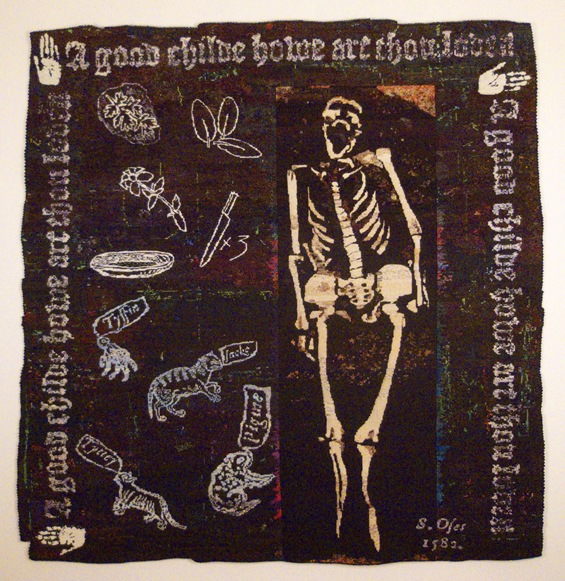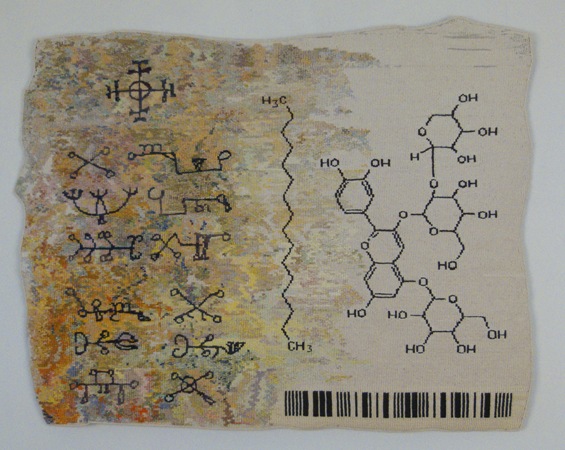Q Tell us a bit about yourself.
I was born in North Yorkshire and enjoyed, as I remember it, a happy childhood spent poking in ponds, building dens and performing in impromptu concerts to half attentive relatives. I can’t remember a time when I didn’t draw. Having the means to invent the world as I would like it to be, has been a lifelong occupation. Drawing gave me a private space, which evolved into a life support system. It was a natural progression to study Art, and I enrolled at Bath Academy of Art at Corsham, in the early 1960’s.
It was an exciting and illuminating time, being exposed to a whole range of disciplines, working with practising artists. After the initial ‘taster’ sessions I specialised in painting and construction as main subject, plus ceramic with mosaic as secondary. The most important insight I came away with is the belief in the importance of the idea: i.e. if it’s got sustainability, then you with find the means to make it manifest, in an appropriate medium. I also learnt that sometimes you have to make an arbitrary decision and go with the flow.
Q When did you decide to become a maker?
In order to support myself I gained an art teachers’ qualification and took a post in a comprehensive school in Bristol. The art budget was very small and it was vital to develop a strategy for using recycled materials: improvisation became key.
I subsequently moved to Devon, where I still live, my final teaching post being part time Lecturer in Textiles at Rolle College of Education in Exmouth, with special responsibility for construction, particularly weaving. The experience of working with students in this area led directly to what I do now. At this time my own work was mainly drawing and colour studies on paper, which I exhibited locally, and experimental weaves connected with work. In the early seventies my biological clock started ticking loudly, and I left teaching soon after my son was born, in 1975.
My work changed immediately: I metaphorically chopped up the loom and incorporated it into constructions with wrapped ropes. I held my first solo show in 1980. Gradually, flat woven tapestry began to exert itself, and in the mid 1980s I realised it’s potential as an expressive art form: it sort of engulfed me. The most absorbing characteristic of the medium is that the structure and image are totally integrated, giving intense colour saturation, and great opportunities to explore texture. There are challenges attached, though. You start weaving at the bottom and work up, so the woven part is completely finished, and elsewhere the warp is empty. In drawings, I address the whole arena and try to maintain an even development throughout.
I was accepted onto the Crafts Council Selected Index, (now Photostore) in 1987, and undertook a first major commission shortly afterwards. The first international touring show I took part in was World Tapestry Today, in 1988 /89. Since then I have made several large tapestries for various prestigious clients, including Coca Cola Schweppes and The House of Lords, and am always engaged in an on going body of personal work which I exhibit here and abroad.
Q What made you choose the materials that you work with?
My early tapestries were woven in knitting wools bought from the shop around the corner, but after I became more solvent financially I bought a stock of 2/6s worsted and a Russell Dye Kit to develop my own particular palette. I also use 2/12s cotton, which comes in a good choice of colours for plying up into mixtures, and like to incorporate odd yarns given by friends. I am using some strange bobbly yellow rayon that my window cleaner donated at the moment: just what I needed for a small passage in the latest piece.
I like graphite to draw with, on gessoed canvas, but also use pastels, charcoal and pen and ink on various papers.
Q What other materials would you like to work in?
It’s more a question of time and space than materials. I did a term of sculpture at college, and always have had a hankering to really explore 3D on a large scale.
Q Where do you get your inspiration from?
I used to think ‘inspiration’ is such a hackneyed word, but having discovered that it literally means ‘breathing in’, I realised it describes exactly the process of how ideas occur and are dealt with. I tend to become absorbed by something seen, read about or personally experienced: the way light falls on things, for example. Occasionally, in that beautiful twilight time between sleeping and waking, when the rational is down, a new approach or solution to a problem floats in. Generally I work in series, mostly developed from contemporary affairs. The period between 2002 and 2008 saw the production of several works concerned with medical issues, the heart, genetics, cancer, and drugs, entailing some pretty serious research.
Currently I am involved in exploring the manipulation of Nature and the consequences: loss of resources, pollution, climate change, waste etc. The latest piece, entitled ‘Out of the Blue’ poses the question ‘What will happen when the Big One hits?’
Q What motivates you?
The stimulus to start and keep going comes from the desire to make an idea come to life, coupled with the somewhat arrogant notion that other people will be interested in what I have to say. One thing leads to another and I just love filtering and navigating my way through the process. The more I do the more I realise how much I don’t know: possibilities seem endless, but time, unfortunately, isn’t. Woven tapestry occupies a unique place in the art landscape, demanding all the acumen necessary for a fine art practice, and rewarding with the sensuous, emotionally satisfying act of making by hand. It’s a very beguiling combination.
Q Do you create your work in a studio base or a home base?
We live in a Victorian terrace house, and I have commandeered the front bedroom as my studio. It has good constant Northeast light. My husband, a sculptor and musician also works at home, so we meet up for coffee or tea occasionally, then concoct a meal together when work is over.
Q Crafts in the 21st Century – what does this mean to you?
There’s always been an overlap and blurred edges in the art / craft / design field. I enjoy imaginative well made work whatever the medium. Makers now are incorporating new technologies in very inventive ways. In this digital age of quick response codes and rapid process 3D printing I feel there will always be an appreciation of the heartfelt artefact encapsulating time, skill and an exquisite understanding of materials.
Q Where do you sell and promote your work?
This is the link to my recently updated Axis page, http://www.axisweb.org/seCVPG.aspx?ARTISTID=86 and my work can also be seen on the British Tapestry Group website and Crafts Council Photostore.
My website is currently under construction. I sell work from exhibitions, undertake commissions, both public and private, and have work in collections in Europe, USA, Japan and Australia. My husband and I are supporters of the Open Studio Movement when we exhibit and sell work from home as part of an annual organised event.
Q What does your typical working day look like?
Sometime between 9.30 and 10 am I check emails and have a quick gander at the BBC news page to keep up with what’s happening. I am interested in science from a lay person’s point of view, and often there’s an item about new research to mull over.
I always have at least one piece of tapestry on the loom, sometimes up to three in various sizes, as my preference is to have more than one thing on the go at any one time. I also have a drawing in progress: alternating between the two forms means they can interact and feed each other. Also, drawing is so FAST in comparison to weaving, it uses a different kind of energy. If it all gets a bit intense, a good trawl around a few local charity shops lightens things up a bit.
When working on a large tapestry I find it necessary to stop at intervals to do stretches and exercises, otherwise I become stiff. I also endeavour to squeeze in a daily brisk walk: good health is really important. During long hours weaving new ideas spring up and I note them down for future reference. I mix observation, memory and imagination to arrive at new images.
Having consumed a good breakfast (usually porridge!) I can work through until about 4pm if sustained by tea and coffee, after a break I continue until around 5.30 to 6pm when it’s time to start cooking.
Q 3 words of advice for an aspiring Craft artist/maker...
Heart. Hand. Head.
Q Who is/are your favourite artist(s)/maker(s)?
A most difficult question! Favourites come and go, though there are constants such as some early Italian Renaissance artists, also Goya, Samuel Palmer and Soutine. Contemporary artists include Sarah Lucas, Fiona Rae, William Kentridge, David Nash, Anish Kapoor and Jon Eric Riis, at the moment.
Q 3 likes and dislikes?
Like : The Natural World, family and friendship.
Hate: Cruelty, bigotry, waste
Q What do you do to relax?
A long chat on the phone with our son does me the world of good. He lives in London so it’s a really good break to spend some time with him. When he comes to Devon we ‘do ‘ the beach and woods.
We live near the river Exe which offers many good walking opportunities and links up with Exeter Green Circle, which, as it’s name suggests is a footpath which goes round the perimeter of the city. I like walking through towns looking at buildings, and through the countryside looking at the sky and plants. Pottering about in the garden can be very satisfying and I also keep scrapbooks. I enjoy cinema and some TV, though the latter is often not worth too much attention so I doodle draw at the same time. I read that Grayson Perry also does this, so I can admit that one now.
